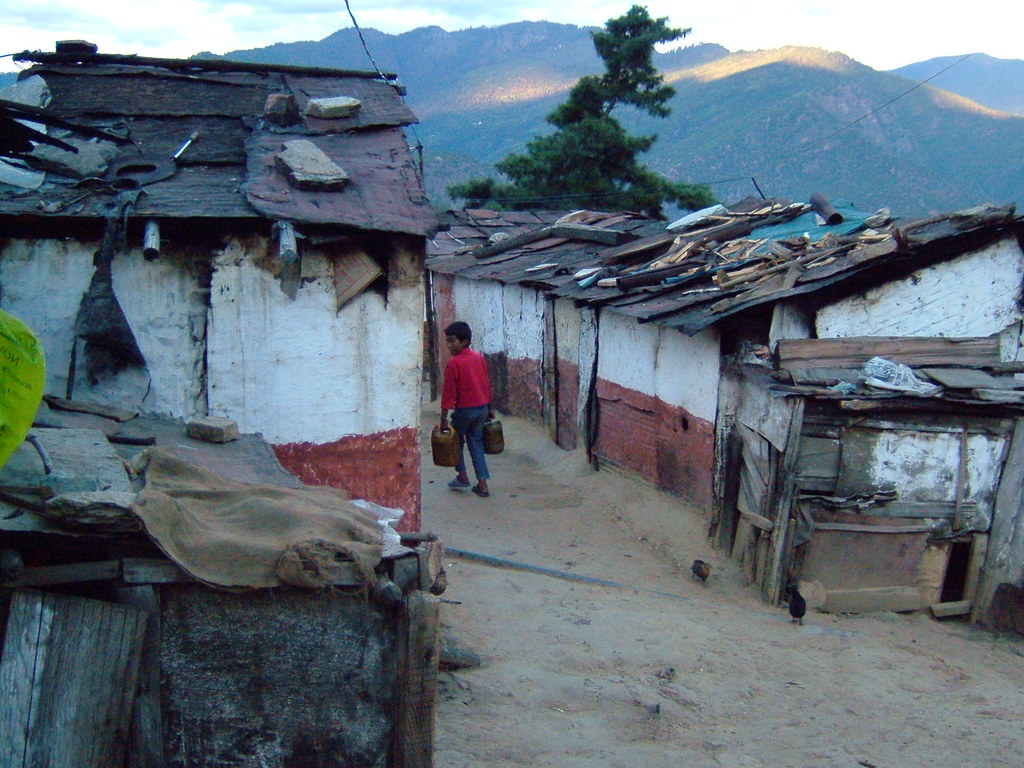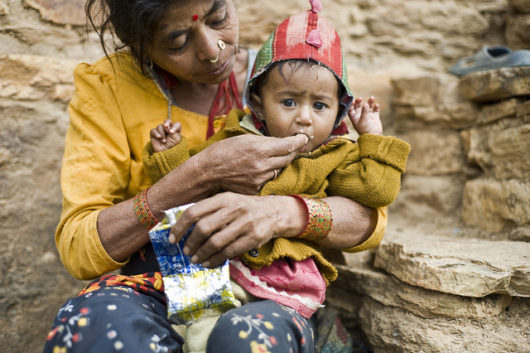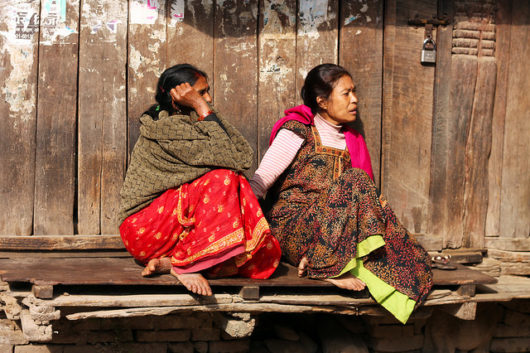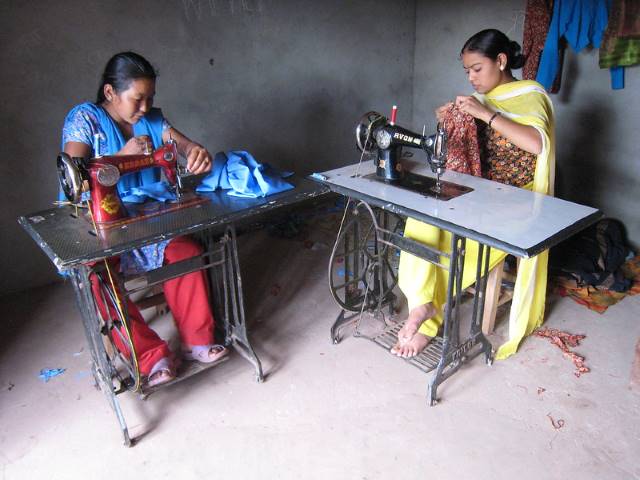 The incidence of poverty in Nepal had been dropping before the COVID-19 pandemic. However, the pandemic could increase Nepal’s poverty rate to the levels of more than a decade ago due to a loss of jobs and income. A UNICEF-sponsored survey indicates that, in October 2020, a shocking 42% of families in Nepal had no income at all. Furthermore, in the same month, 45% of people reported job losses. In addition, one in five households surveyed reported being unable to secure adequate food to feed their families. Even people who still have jobs are earning less than before the pandemic. The tourism sector has also been severely hurt by the pandemic and more than half of all households are at risk of returning to poverty. The Association for Craft Producers (ACP) is helping combat poverty in Nepal.
The incidence of poverty in Nepal had been dropping before the COVID-19 pandemic. However, the pandemic could increase Nepal’s poverty rate to the levels of more than a decade ago due to a loss of jobs and income. A UNICEF-sponsored survey indicates that, in October 2020, a shocking 42% of families in Nepal had no income at all. Furthermore, in the same month, 45% of people reported job losses. In addition, one in five households surveyed reported being unable to secure adequate food to feed their families. Even people who still have jobs are earning less than before the pandemic. The tourism sector has also been severely hurt by the pandemic and more than half of all households are at risk of returning to poverty. The Association for Craft Producers (ACP) is helping combat poverty in Nepal.
The Association for Craft Producers
Helping to counter the effects of poverty in Nepal is the Association for Craft Producers. The organization founded in 1984 is a not-for-profit, fair trade organization that helps low-income Nepalese craft producers with design, marketing and management services for their craft products. Due to its success, it has grown to roughly 1,000 artisans, 90% of whom are women. The artisans produce beautiful crafts such as ceramic teapots, woven rugs and wooden tables. Nepali Craft Trading Ltd. exports the artisans’ products to 18 different countries. Since 2003, ACP has been certified as a Fair Trade organization. The group abides by the principles of fair trade as outlined by the World Fair Trade Organization to ensure artisans are provided with adequate compensation and benefits for their work.
Benefits for Nepali Artisans
The ACP artisans have access to a number of benefits to help lift them out of poverty and progress. For instance, artisans are provided a clothing stipend, 90 days of paid maternity leave and an allowance for emergencies. The ACP also provides information to the artisans on matters such as health, education and other important development topics. Since many of the women have never earned enough to be able to save money for the future, producers are encouraged to deposit 10% of their pay into an interest-producing account.
To encourage the education and empowerment of girls, ACP provides a monthly allowance for up to three years to producers who ensure their daughters are enrolled and participating in school for a minimum of four consecutive years. Furthermore, the ACP rewards the three best students with support for an additional year. In addition, the ACP provides the producers with funds for retirement. In these ways, ACP encourages financial security while providing outlets for the artisans to sell products.
Environmental Awareness
The ACP also takes specific actions to preserve its local environment at the foot of the Himalayan mountains. The practices include using recycled paper, installing a rainwater treatment plant and a wastewater treatment plant and discouraging the use of plastic bags. The artisans use an environmentally friendly acid for dyeing and water-based pigments for printing instead of oil-based paints. Finally, the artisans have switched to electric firing methods for ceramic products rather than kerosene-based firing. The women artisans remain environmentally conscious while helping to support families and reduce the devastating effects of poverty in Nepal.
Overall, the ACP craft association is supporting artisans in Nepal in several ways in order to ensure that they are able to rise out of poverty and secure better futures.
– Sarah Betuel
Photo: Flickr

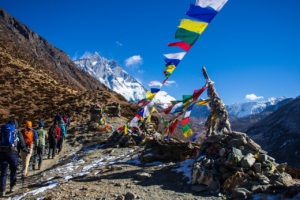
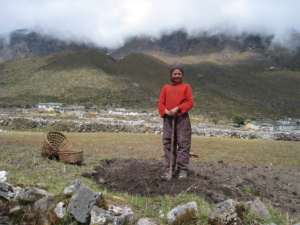 Nepal’s economy is heavily reliant on farming and livestock, with
Nepal’s economy is heavily reliant on farming and livestock, with 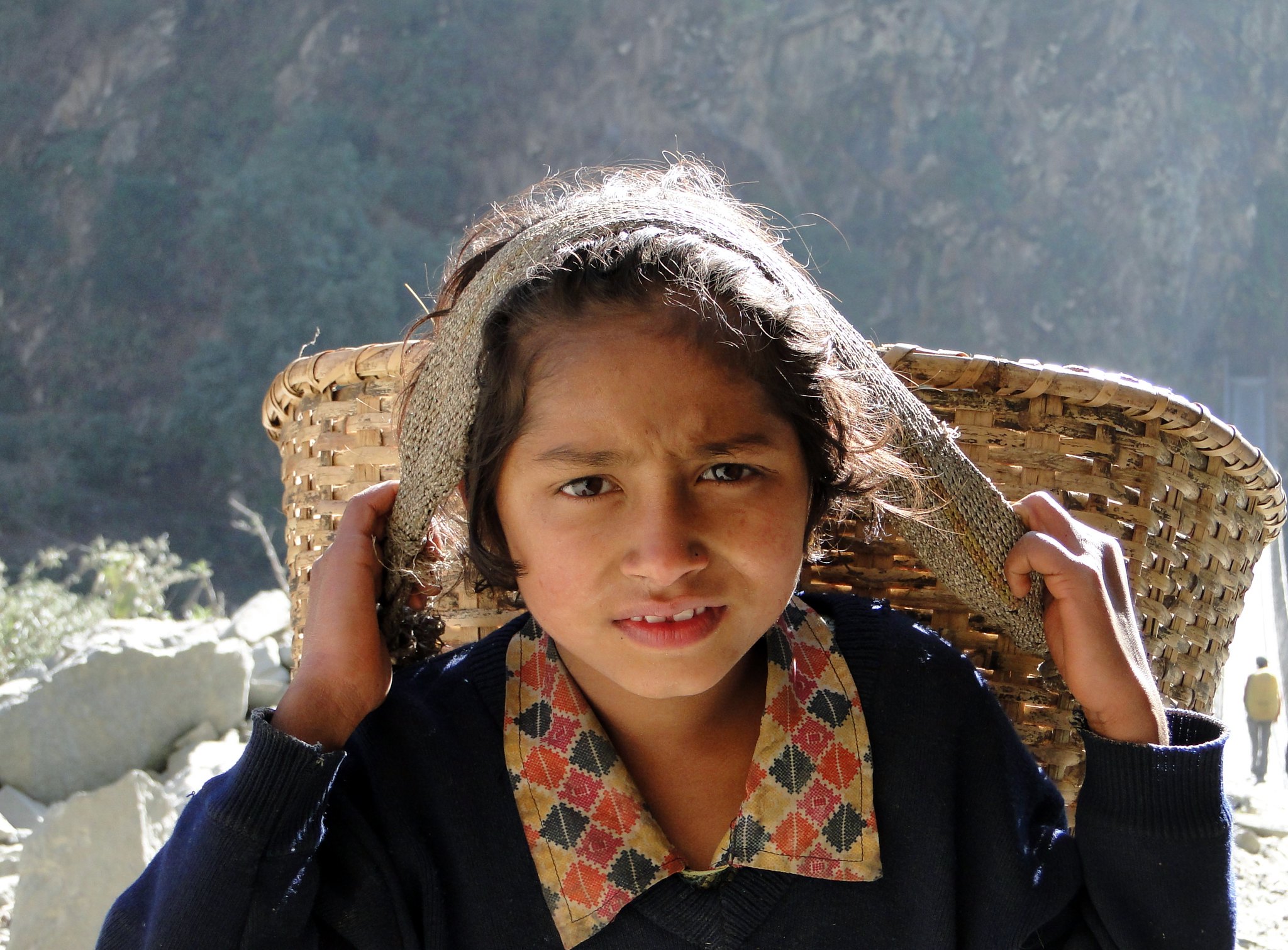
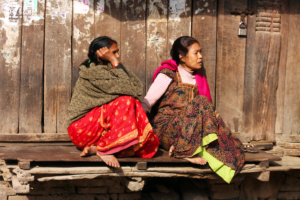 Like many other countries, there has been a large and sudden outbreak of COVID-19 cases in Nepal. The country initiated a nationwide lockdown on March 24 in an attempt to keep the count from rising above 1,000 cases. The strategy worked successfully until May 29 when the World Health Organization reported a sudden escalation of
Like many other countries, there has been a large and sudden outbreak of COVID-19 cases in Nepal. The country initiated a nationwide lockdown on March 24 in an attempt to keep the count from rising above 1,000 cases. The strategy worked successfully until May 29 when the World Health Organization reported a sudden escalation of 